If your company sponsors a retirement plan, such as a 401(k) plan or a cash balance plan, you know there are frequent reports, forms, notices, and other documents that are sent to you. Which of these records must you retain?
There’s a long list of records, but you do not have to be the one keeping and organizing all this information yourself – that’s why you hire professionals, which may include a pension administration firm, actuary, financial advisor, lawyer, payroll company, recordkeeper, or other service providers. You need to know who has each of the required records, and how you can access them if you ever need them. The amount of time these documents must be retained varies, and that is beyond the scope of this article.
Why might you need these records? Here are a few examples:
If a former employee claims they were never paid a benefit, or claims they weren’t paid in full, but you know they were paid, could you prove it?
If you change service providers, the new provider may need some or all of the plan records in order to service your plan.
Very important: if the IRS or other government agency requests information or conducts an audit, they may request any or all plan records.
While you don’t need to keep all these records yourself, if you don’t have them, you need to make sure that you know who has them, and what the arrangements are if you ever need them. Some service professionals charge a document retrieval fee, especially if they have already sent the information to you. If you change service providers, it’s a good idea to make sure you get the records pertaining to your plan forwarded to the party taking over that role at the time of the change. If you try going back to a former provider years after you’ve left them, there’s a good chance they will no longer have the records you need, especially if some time has passed since you worked together.
The list below is not a complete list of plan information that must be able to be accessed, and not all the information applies to every plan. This list will give you a good idea of the large amount of data that is involved with respect to your retirement plan.
Plan Documents
Plan documents (which may include an IRS opinion letter, basic plan document, adoption agreement, trust agreement, and adopting resolutions, all possibly in separate documents). All plan documents since inception of the plan must be retained indefinitely. Documents must be signed and dated.
Plan amendments also must be signed and dated.
Summary Plan Description and Summary of Material Modifications
Government Filings (proof of filing or distribution must be retained for all items)
Form 5500 Series, including all extensions, schedules, and attachments
PBGC Comprehensive Filing (for defined benefit plans covered by PBGC)
Summary Annual Reports or Annual Funding Statements
Forms 1099-R and W-2P (for benefit payments)
Forms 5329 or 5330 (if any excise taxes were payable)
All other government forms filings on behalf of the plan
Compliance testing
Results of compliance tests, such as top-heavy, coverage, participation, nondiscrimination, maximum deferral, ADP/ACP, maximum benefit and annual additions
Corrections of any failed tests
EPCRS filings
Valuation results
Census and payroll data
Enrollment, participation, and vesting records
Minimum required contribution and maximum tax-deductible contribution calculations
Participant account balance and benefit statements and proof of distribution
Financial records
Statements from the asset provider (e.g., bank, brokerage account, mutual fund, insurance company)
Annual accounting of plan assets
Verification of dates and amounts of all contributions to and distributions from the plan
Fiduciary records
Fidelity bond
Documentation of the process of hiring and monitoring service providers
Service agreements and fee schedules from service providers
Investment policy statement and monitoring of plan investments
Fee disclosure statements
Participant notices (e.g., safe harbor, automatic contribution, QDIA, QPSA)
Minutes of meetings with service providers and investment committee
As always, when in doubt contact your trusted pension professional.
